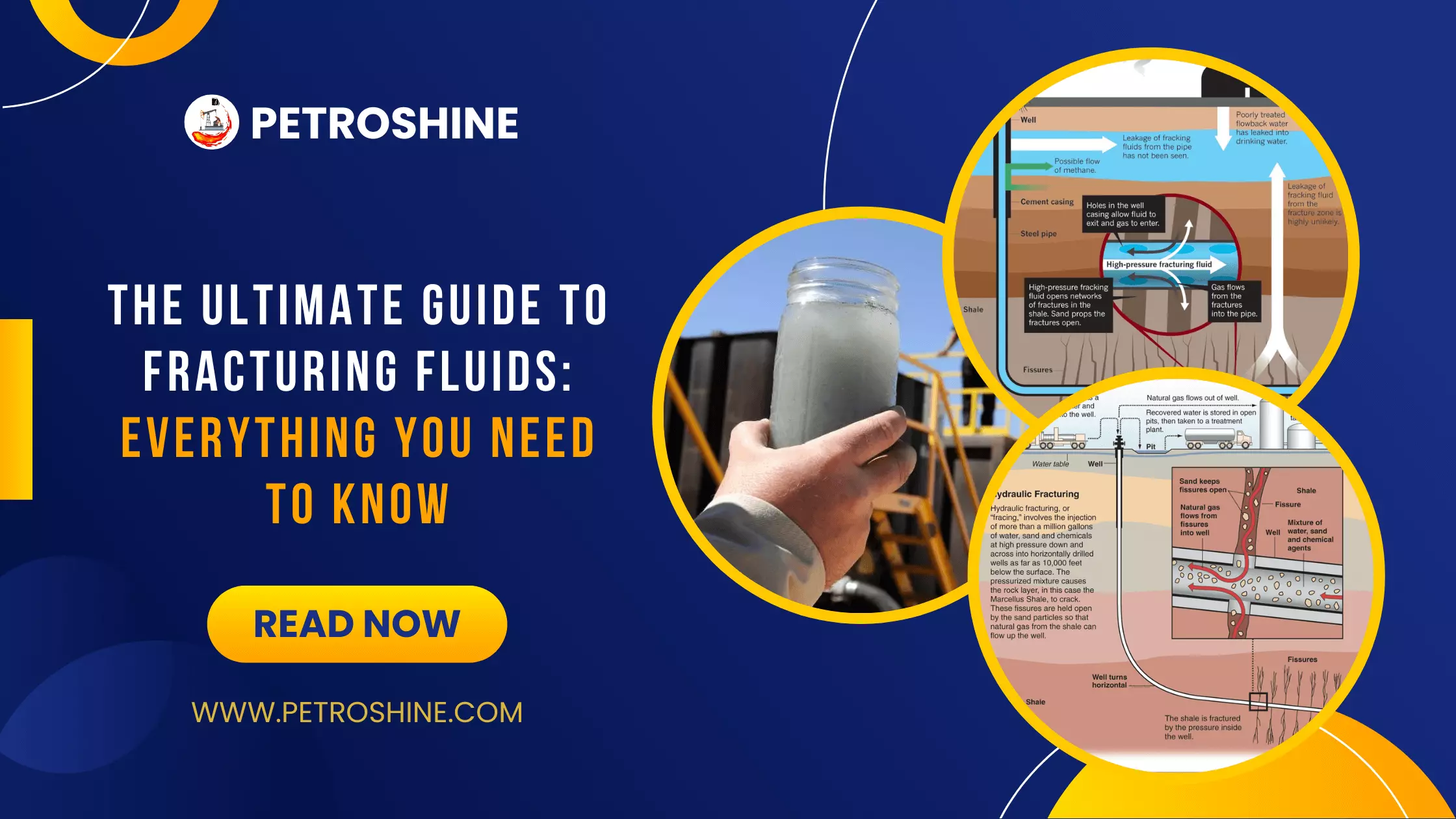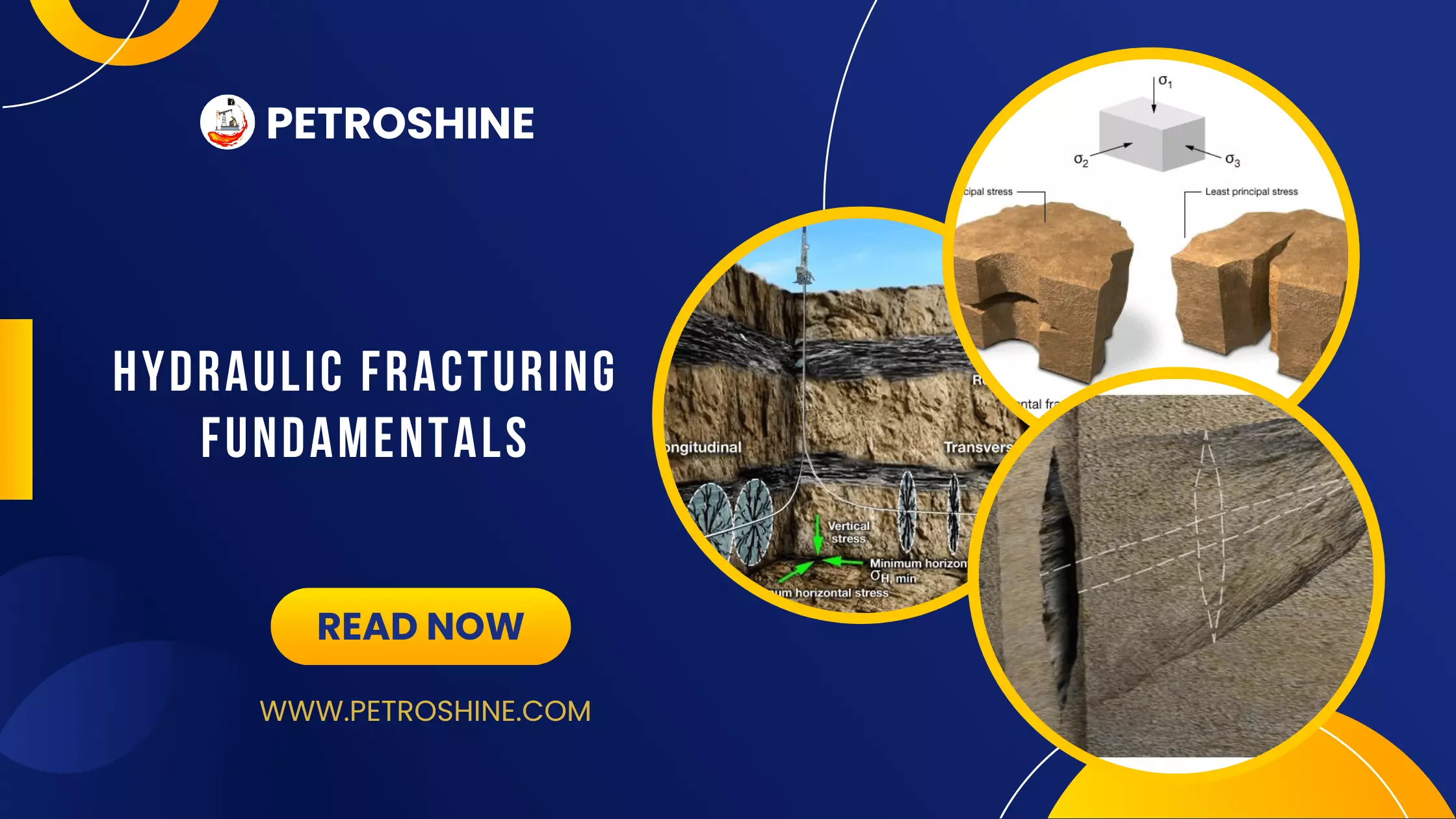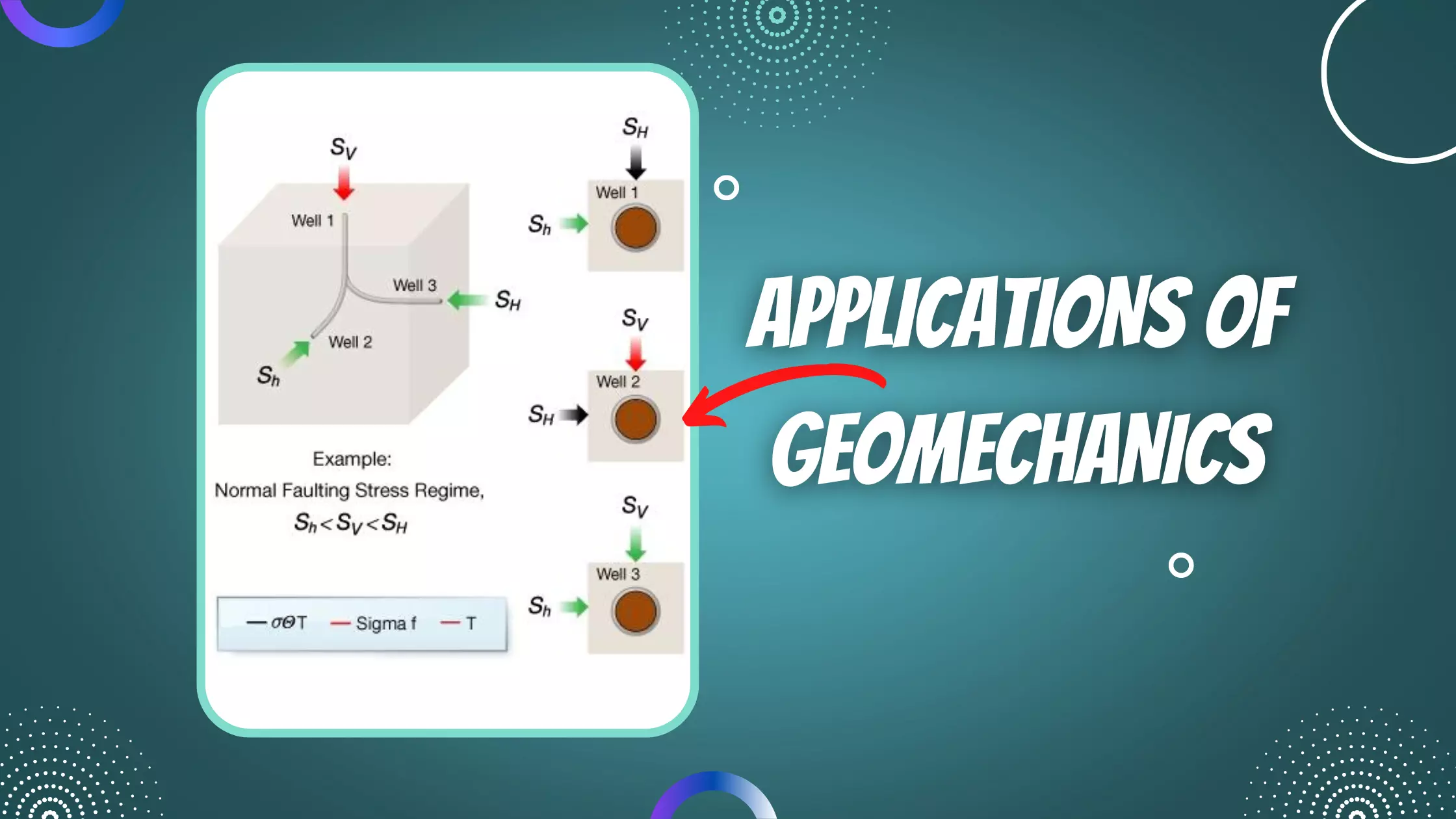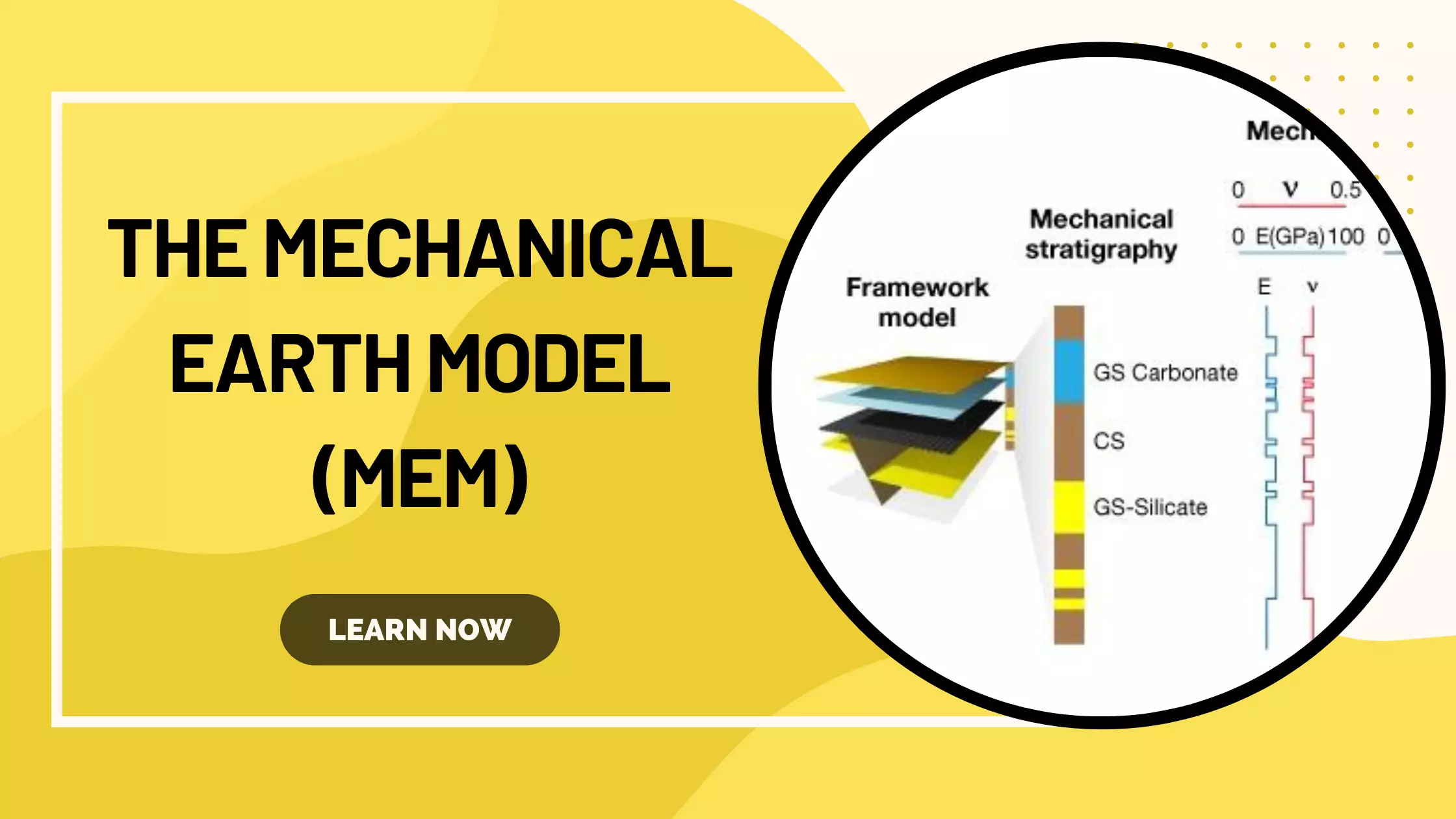Learning Objectives
After completing this topic “Fundamental Concepts of Reservoir Geomechanics“, you will be able to:
- Describe the basics of geomechanics as it relates to the subsurface.
- Describe how earth stress and other mechanical rock properties are used for geomechanical modeling.
- Summarize the state of stress in a sedimentary basin using Mohr’s circle.
- Compare how different types of strain are used for geomechanical modeling.
- Compare how different linear elasticity parameters are used to estimate earth stress.
- Relate anisotropy to development issues in a shale reservoir.
Overview of Geomechanics Concepts
Geomechanics is the discipline of predicting and managing subsurface rock deformations. It integrates information from the fields of geology, rock mechanics, geophysics, and petrophysics to characterize subsurface rock formations.
A knowledge of geomechanics is important for effectively exploiting hydrocarbons in unconventional locations such as shale gas and deepwater reservoirs. This knowledge is used to identify risks to oilfield operations and to predict changes that can occur over the life of a field caused by changes in well pressure, pore fluid pressure, and formation temperature. Geomechanics provides a means of:
- Constructing predictive models of rock mechanical properties and in-situ stress
- Predicting wellbore stability and reservoir deformation
- Optimizing field development plans
- Diagnosing problems related to subsurface rock deformation
Accessing both conventional and unconventional resources can be both technically and economically challenging. The 2010 Macondo disaster in the Gulf of Mexico is an example of the challenges faced by the industry in deepwater. Understanding geomechanics issues encountered in field development can help avoid the types of problems illustrated in Figure 1.

The theoretical foundations of geomechanics have been developed in the fields of rock mechanics, structural geology, civil engineering, and geophysics. In this course, we review the basic concepts and rock mechanics principles that are used to construct a Mohr’s stability diagram, build a geomechanical model, and apply it to engineering problems. The primary concepts are stress, strain, elasticity, and anisotropy.
Stress is a primary concept in geomechanics that can be measured in the earth and used to control or manage rock deformation in the subsurface and in the laboratory. Parameters of stress relate to the construction, interpretation and application of a Mohr’s stability plot and populating the earth model with parameters (Figure 2).
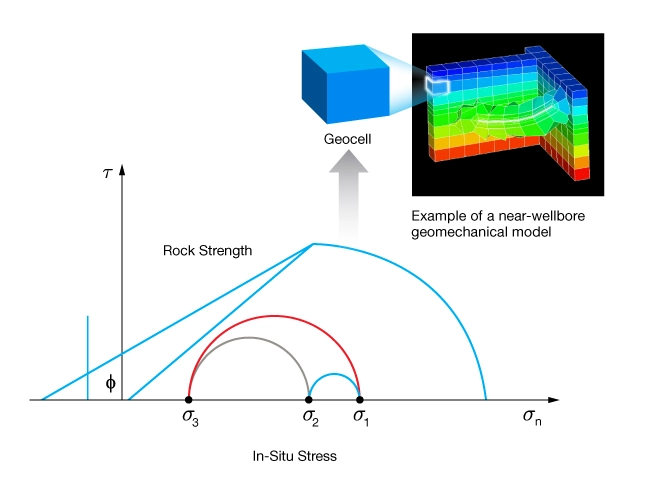
Strain is a parameter that characterizes rock deformation. Strain is measured in the laboratory to define rock elastic and strength parameters. Tectonic strains are parameters in elastic theories of earth stress. Parameters of strain relate to populating earth models with rock elastic parameters, strength parameters, and stress magnitudes.
Elasticity theory links the concepts of stress and strain through the elastic moduli. Elasticity forms the basis for mathematical models of earth stress and for determining rock mechanical properties from geophysical measurements. Elasticity is one of the three most common deformation mechanisms operating in subsurface rocks. Being aware of the elastic responses of solids and porous solids helps with understanding differences between the “static” elastic parameters measured in the laboratory and “dynamic” elastic parameters measured by geophysical methods. Concepts of linear elasticity relate to all components of Mohr’s stability plot.
Rock anisotropy links earth stress and intrinsic rock properties to a directional dependence of the rock’s elastic and strength properties. The introduction of anisotropy highlights the utility of treating rock as an isotropic material and the risk of ignoring the anisotropic nature of some rocks. Geophysical measurements are now able to detect and quantify elastic anisotropy. Consequently elastic anisotropy has become an important factor in the design of shale gas reservoir stimulations. However rock anisotropy is just emerging as a factor in wellbore stability analysis and design.
This course emphasizes three important concepts relevant to evaluating the stability of subsurface rock masses:
- Rock deformation mechanisms
- State of stress
- Rock mechanical parameters
Conceptual models of rock microstructure are introduced to provide physical insight into the stress-strain response of rocks and to guide you in the judicious application of simplified mathematical models.
 Petro Shine The Place for Oil and Gas Professionals.
Petro Shine The Place for Oil and Gas Professionals.
